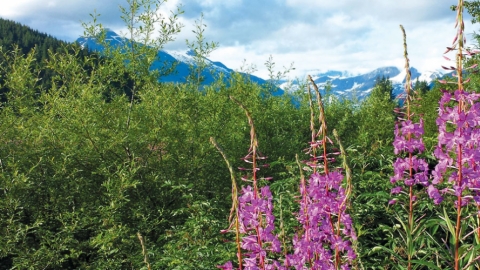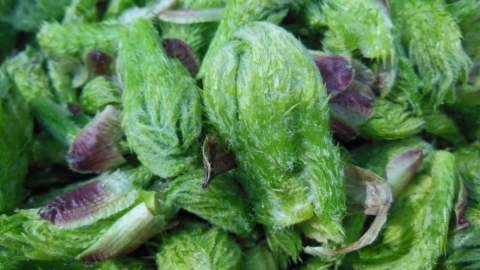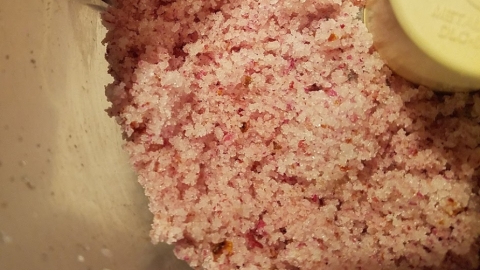Wild about Roses
Each foraging season, I have a tendency to “go deep” into one wild edible, trying every variation I can think of. It’s a wild foods crush, and recently I had it bad for roses.
Roses of several varieties are native to or naturalized in Alaska, and you can find them growing wild across much of the state. The most common are the Arctic rose (rosa acicularis) up north, Nootka rose or wild rose (rosa nutkana) in coastal areas, and the Sitka rose, a variety of rosa rugosa that was introduced to Southeast Alaska in the early 20th century. You can tell the Sitka rose easily after the hips form because they are big and round, tomato-like. Other wild varieties have smaller grape-like rosehips.
Happily, much of the rose plant is edible. Some foragers like to peel and eat the spring shoots as a snack. Author Leda Meredith says that the leaves can be used in tea and have plenty of tannins, which gives them a bit of a black tea mouth feel. Since they have no caffeine, and they don’t have a strong flavor or fragrance, you might want to mix them with rose petals or another flavorful plant for a refreshing tisane. I prefer to wait for the petals. Roses are often found on roadsides, but look for bushes that are a little off the well-driven path to avoid eating exhaust and other contaminants that the delicate flowers might have absorbed.
You can be relatively liberal harvesting petals because they are about to fall off anyway, and their harvest doesn’t affect future growth of the plant. Even so, I stick with my 10% rule for bountiful foraging: don’t take more than 10% in any one area. Beverly Gray, author of The Boreal Herbal has an important note: “When taking the flowers, leave one petal behind to ensure there’s a landing strip for bees so the flower can be pollinated, which will allow a hip to develop.”
I don’t harvest from private property unless I’ve been invited and I know that no chemicals were used on the plants. (Note to friends I have and haven’t met yet: if you invite me to defile your rose bushes, I’ll thank you with deliciously scented treats.)
Choose petals that are still fresh and unmarred. Scent is closely related to favor, and roses are no exception. The more fragrant blossoms will be the tastiest. After harvesting, rinse them very carefully to avoid bruising, and lay them flat to dry. When you’re foraging for rose hips, look for bright red fruit. Some people like to wait for the first frost to soften the fruit, but it’s up to you.Have a taste of the fresh rose hip and see what you think. The seeds are best avoided. They’re not toxic, but have sharp hairs on them can be irritating to the intestines.
INFUSIONS
Rose petals can give their scent to many things. Pack jars loosely with clean, fresh petals and experiment with rose vinegar, rose vodka, or rose infused honey. You can find instructions online for making rosewater. It’s done with a simple distillation process on the stovetop. The product smells amazing, but it’s clear. I like to make a fresh rose petal “tea” by just pouring boiling water over petals. The result is a bright pink rosewater that also has a great fragrance. I store it in the freezer to use later in recipes. Try storing it in ice cube trays and adding pink cubes to cocktails!
DRIED ROSE PETALS
Rinse freshly picked petals and allow to dry on a single layer, ideally in a dehydrator or on a drying rack so air can flow all around them. Turn the petals on the rack each day. When the petals are totally dry (and crumble when crushed), you can store them away from light in a jar. (I like to save the little packets from vitamin bottles that keep moisture away, and then put them in my dried herb jars to help keep them dry, too).
ROSE SUGAR
Rose sugar can garnish the rim of a glass, or you can press it into the thumbprint of a cookie. Use it to infuse your homemade whipped cream. Combine one cup sugar with 1/4 cup dried petals and pulse in the food processor. Store in a dark, dry place. Keep any remaining dried petals to use as tea or garnish after the fresh flowers have faded








